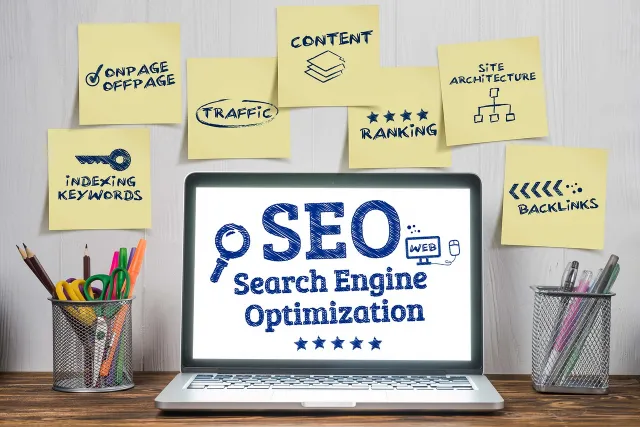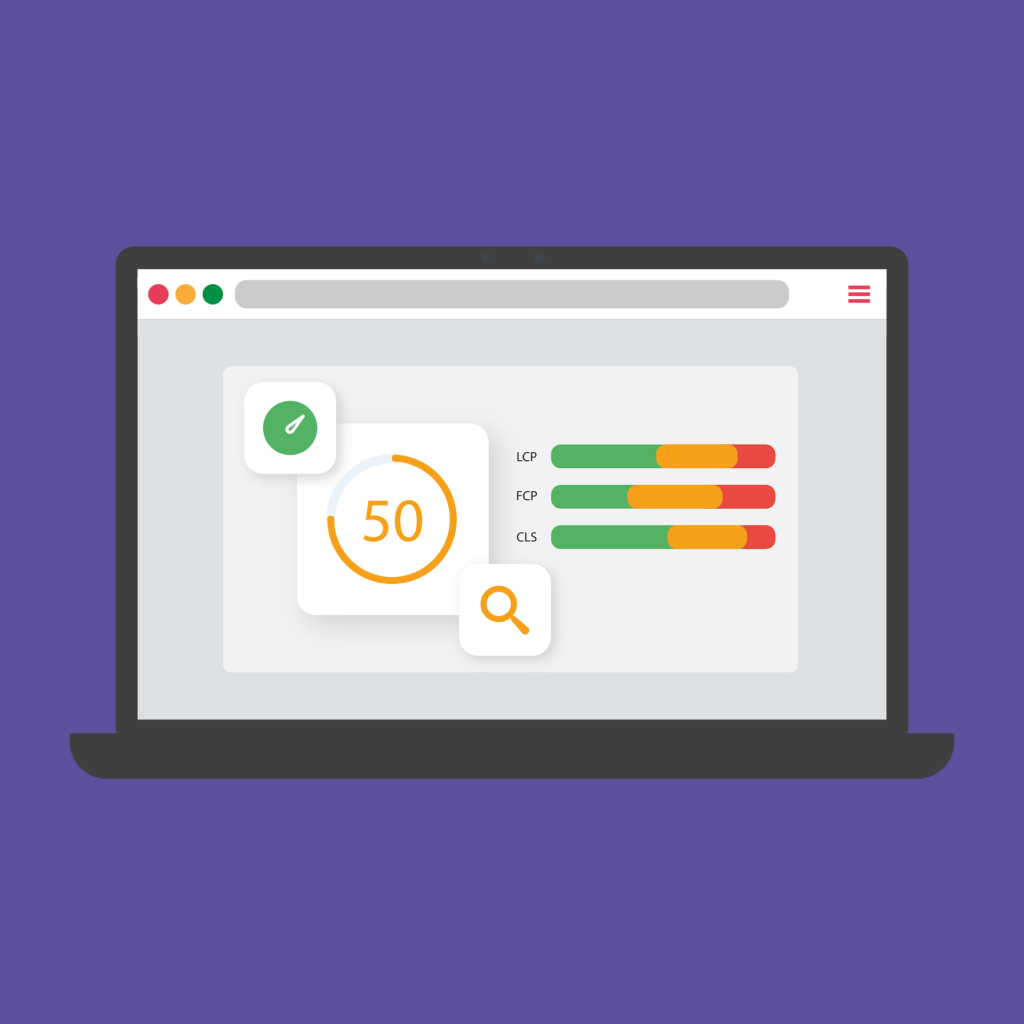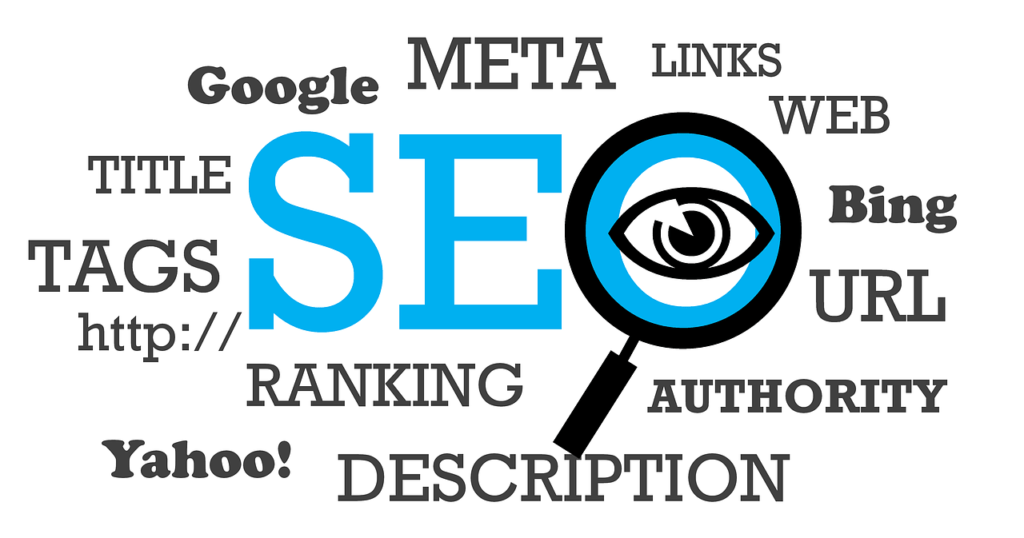Google recently announced four monumental updates to its search engine, marking the most significant changes I’ve seen in the 5 years I’ve been involved in SEO. Today, we’ll dive into each of these four updates. Yes, the much-anticipated SGE, now rebranded as AI Overviews, is finally launching. Each of these updates is significant on its own, but the fact that Google is introducing all four together is quite astonishing. I’ll provide demos, explain the implications for you, and outline the next steps you should take for each one. Interestingly, the launch of AI Overviews might not even be the most significant update among them. Let’s get started.
AI Overviews: The Dawn of a New Era
First up, let’s talk about AI Overviews, formerly known as SGE. If you’ve been keeping up with the developments, you’ve probably heard us refer to it as SGE. Well, it’s officially launching under the new name, which is far more descriptive and user-friendly than the cryptic SGE acronym.
So, what exactly are AI Overviews? Here’s what it looks like: When you perform a search on Google, you’ll see a generative AI answer at the top of the page, referencing certain websites, followed by the regular search results below. However, it’s worth noting that these AI Overviews aren’t showing up for every search at the moment. In fact, Google has been displaying them less frequently, possibly in preparation for this launch. Back in February, SGE results appeared in 9% of searches, but by May, this had dropped to 58% of searches not showing SGE results.
Many marketers and website owners are understandably concerned about the impact on organic traffic if Google begins showing content directly in the search results without driving visitors to their websites. We were all eagerly awaiting this new product’s launch to see precisely how much traffic we would get from these AI Overviews. The good news is that we will indeed be able to track the amount of traffic. The bad news? Google won’t differentiate between regular search traffic and AI Overview traffic in Search Console. According to John Mueller from Google, this approach aligns with their treatment of Featured Snippets, where they don’t separate out all search features. While it’s true that not all search features outrightly display content from other websites, it would be beneficial to see if we’re at least getting some traffic from AI Overviews. Hopefully, Google will address this in the future, but for now, we’re left in the dark.
Action Plan
Google is rolling out AI Overviews in the US now and plans to expand this to over a billion users by the end of the year. If your target audience is in the US, you need to start optimizing your website for these AI Overviews. We have detailed videos on our YouTube channel and an in-depth blog that explains how to do this, complete with examples. Just search for “SGE Exposure Ninja,” and you’ll find our guides.
In a mini update, Google will also allow users to tailor these AI Overviews by simplifying them or breaking them down into more detail. This indicates that we might see multiple AI Overviews for some searches, potentially creating a more dynamic search experience. It’s essential to keep an eye on these developments and adapt your strategy accordingly.
AI-Organized Results Pages: A New Look for Search
The second update involves AI-organized results pages. Google’s AI will now modify the layout of search results, categorizing them under different AI-generated headings. For example, a search for “anniversary celebration dinner places Dallas” might yield a page split into sections such as “Restaurants,” “Local Listings,” “Reddit Listings,” “Live Music and Intimate Settings,” and more.
This development is quite intriguing, as it shows Google giving its AI more control over the presentation of search results. While this could make the search experience more dynamic and tailored, it also introduces complexity for users. It will be interesting to see how users respond to this new format.
What This Means for You
As a marketer or business owner, you need to monitor how your content is being categorized and displayed in these AI-organized results pages. The shift towards a more complex and segmented search experience means you’ll need to ensure your content stands out in the right categories. User feedback will be crucial in shaping how these features evolve, so stay engaged and adaptable.
Multi-Step Reasoning: The Game Changer
The third update, multi-step reasoning, is perhaps the most groundbreaking. Although it isn’t live yet, it’s coming soon, and it’s a significant leap forward. With multi-step reasoning, Google aims to make AI Overviews even more helpful for complex questions that involve multiple sub-questions.
Example in Action
For instance, if you’re looking for the best yoga or Pilates studios in Boston and want details on their intro offers and the walking time from Beacon Hill, Google will handle all the research for you. It will break down your complex query into manageable parts, find the most relevant information, and compile it into a comprehensive AI Overview. This feature, powered by Google’s Gemini model, promises to make searching for detailed information faster and more efficient.
Implications for SEO
This new approach could significantly impact websites that rely on search traffic for detailed information. If Google takes over the task of compiling and summarizing content, fewer users may visit individual websites for their research. For businesses and content creators, the challenge will be to ensure their offerings are recommended by Google’s multi-step reasoning system. The competition will be fierce, and those who adapt quickly will have a significant advantage.
Planning Integration: A New Way to Engage Users
The fourth and final update is the integration of planning features into Google search results. This new functionality, currently available for meal planning and trip planning, allows users to generate detailed plans directly within the search results. For example, you can ask Google for a 3-day meal plan, and it will compile recipes and ingredients from across the web.
Future Potential
Although the planning feature is currently limited to specific use cases, Google plans to expand it to areas like party planning, date nights, and workouts. This move indicates that Google is aiming to become a one-stop solution for various planning needs, potentially reducing the traffic to websites that currently offer planning content.
What You Should Do
Businesses that provide planning-related content need to consider how this new feature might affect their traffic. If users can complete their planning directly within Google search, they may not visit your website. To stay competitive, you must ensure your content is featured in these AI-generated plans and continues to engage users effectively.
Navigating the New SEO Landscape
The changes to Google’s search engine are undeniably complex and may seem overwhelming. Many SEO professionals and marketers are understandably concerned about the potential impact on their strategies. However, amidst the chaos, it’s crucial to focus on the fundamentals that won’t change.
People will continue to use Google to find and buy products and services. Businesses will still compete for visibility in search results, and the new battleground will be getting your business recommended in AI Overviews. At Exposure Ninja, we are already seeing promising results from our efforts to optimize for these new AI-driven features.
Next Steps
To succeed in this evolving landscape, you need to be aware of the types of results showing for your target searches. Monitor whether your brand or business is being mentioned in AI Overviews and adjust your strategy accordingly. Visibility across the internet, including in reviews and other mentions, will be crucial in securing recommendations from Google’s AI.
Additionally, focusing on generating positive Google reviews and ratings will become increasingly important, as these are often highlighted in AI-generated content. Finally, keep up to date with the latest developments by following Exposure Ninja. We are committed to exploring and sharing the best strategies for navigating these changes.
As we enter this new era of search, it’s essential to stay proactive and adaptable. While it may be more challenging to track conversions and user journeys with the new AI-driven features, the key is to maintain a holistic view of your digital marketing efforts. Embrace the changes, stay informed, and position your business to thrive in this dynamic environment.
Until next time, embrace the chaos and good luck!





















